page 2
(Using a philosophy of "threes" as a tool
for dissection and comparative analysis)
http://threesology.org
Anat., Bio. Phys. Researchers as of 3/17/2021
Pages in this series:
| 1 | 2 | 3 | 4 | 5 | 6 | 7 | 8 | 9 | 10 | 11 |
Another reference to the topic of "fusion" is seen in the development of the infant skeleton into an adult one. The adult skeleton is said to have 206 bones, and depending on what article you read, descriptions between 275 and 350 bones or "parts" might be found. These "parts" are typically referred to as cartilage which is a stage in the development of bones. The larger quantity of infant bones decreases due to different fusions. Let us take a few moments to review bone development:
| Osteogenesis: The Development of Bones There are three distinct lineages that generate the skeleton:
There are two major modes of bone formation, or Osteogenesis, and both involve the transformation of a preexisting mesenchymal tissue into bone tissue. The direct conversion of mesenchymal tissue into bone is called Intramembranous ossification. This process occurs primarily in the bones of the skull. In other cases, the mesenchymal cells differentiate into cartilage, and this cartilage is later replaced by bone. The process by which a cartilage intermediate is formed and replaced by bone cells is called Endochondral ossification. Osteogenesis: The Development of Bones |
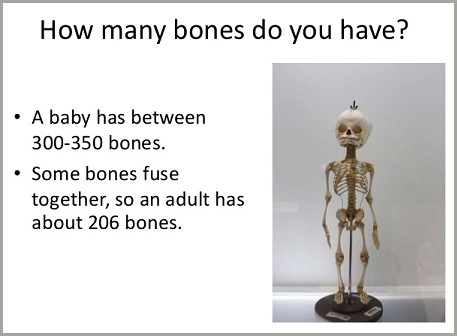 The Skeletal System by Chris Haller |
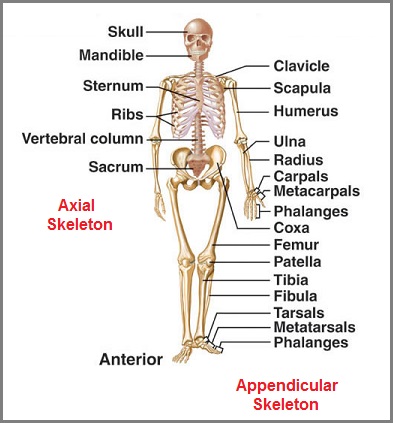 Human Anatomy Chart |
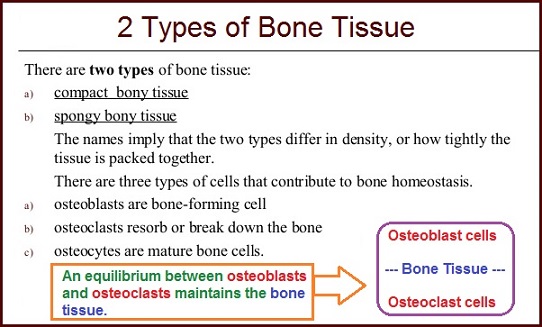 Skeletal System by Kym Anne Surmion II |
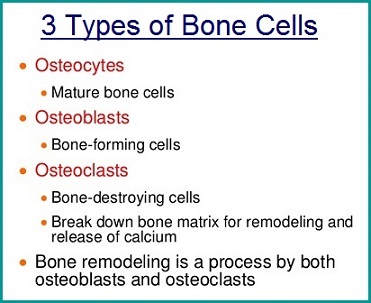 General Osteology by Dr. Jamil Anwar |
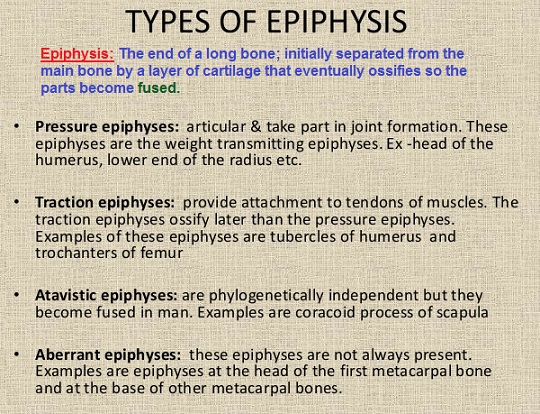 Osteochondritis of different bones by Pramod Govindraj |
Fracture healing occurs naturally after traumatic bony disruption. This process begins with hemorrhage and progresses through three stages:
Radiopedia: Fracture Healing Let us also consider alternative research orientations: Skeletal AnomaliesCongenital anomalies and Normal Skeletal variants |
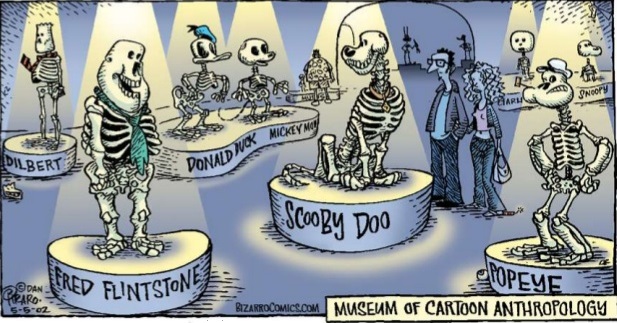
|
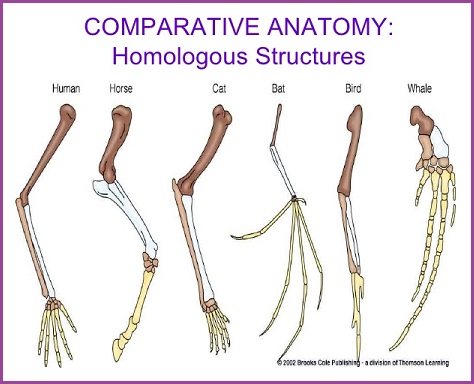 Comparative Anatomy: Homologous Structures |
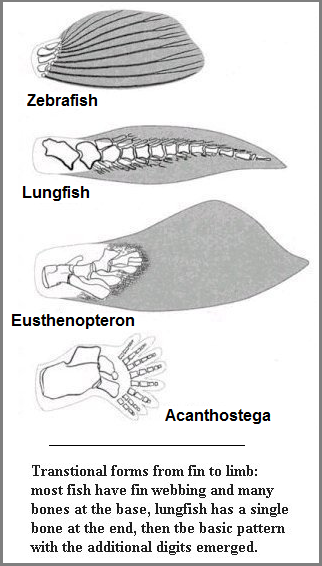
Vertebrate Animal Skeleton |
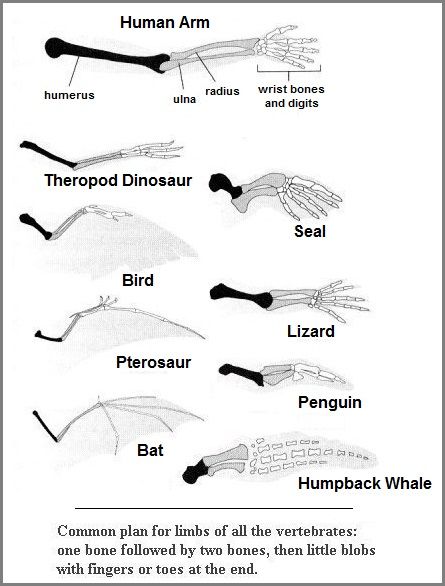 Vertebrate Animal Skeleton (images) |
An interesting variant of research into appendages, is that loss of one (or more) might produce an after-effect noted as the phantom limb phenomena, characteristically considered as something involving nerves and the brain. While "phantom limb" typically is described as an experience involving pain... though other sensations might be described, they occur as an effect after the loss of a limb. However, using the word "loss" as a generalized indicator or operative, other sensations are felt with respect to the loss of a loved one who has died, loss of a drum which has produced a physiological dependence, or departure of something such as a bright light... etc... We might also describe "birth trauma" as the loss of an environment one has experienced for roughly nine months during gestation... just as we not changes in the mood of some people who undergo the loss of a particular season. If we stretch our considerations, we might want to suggest that humanity variously experiences "shadows" of ancient events, and perhaps some of us even re-experience them in dreams, nightmares, deja vu, and enigmatic impulses, inclinations, "tip of the tongue" sensations or feelings, etc... And though many have described phantom limb phenomena in terms related to nerve ending considerations, not all types of phantom limb or phantom organ, or phantom biological/physiological process necessarily needs nerves to created an enduring impression on the human psyche.
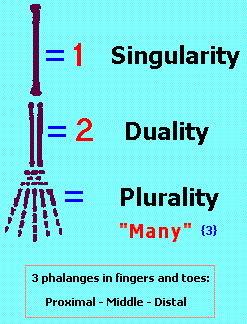
Let's take for example the realization that there is a 1, 2, 3 and sometimes fusion occurrence with developmental biology (such as the three Germ layers from which different body parts arise, or the DNA/RNA/Protein triads involving triplet codings and the primary-secondary-tertiary... quaternary ensemble). The fact that we can see a recurring one-→ two→ three sequencing such as in the formula of one-two-many as illustrated in the accompanying image, and that the third position also portrays a "fanned-out appearance", suggests the recurrence may be a type of "phantom limb" process from a distant past. Not only should we look at the "three" pattern, but the multiplicity of the third position in a fan-like portrait. If we permit ourselves the imaginative license of comparing multiple variants of "fan" images, another type of comparative anatomy occurs... though "comparative anatomy" is most often concerned with the study of vertebrate animals... and those straying from this confinement might well be viewed in terms that depreciates their sincere efforts in unconventional pursuits of research. Correlations are not always viewed as a conventional logic of accepted rationality... even though history provides multiple examples where unconventional ideas in one era become the mainstream perception in another
With respect to an alternative model of comparison... for example— the human hand (with spread fingers), a common seashell, a peacock's tail feathers display and tree foliage spread... as well as the expression "fan out" as a described behavioral strategy, are all representative of the same effect. Whether these correlations are meaningful in terms of conventional comparative anatomy or not, belies the fact that they are all biologically-based representations. If we were to include non-biological examples, one might include the "fan-like" display of a v-shaped engine, though there are linear forms (inline, horizontally opposed) and circular forms (airplane/radial)... despite the internal functions with reciprocation and linearalities (linear realities) such as crankshaft rods, push rods, and valves.
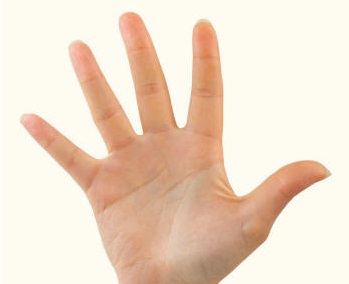 |
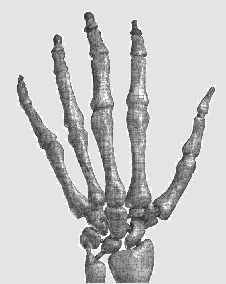 |
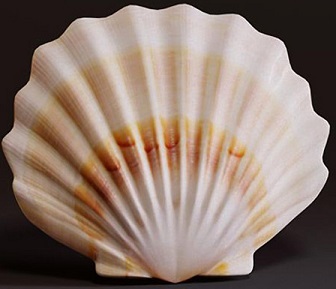 |
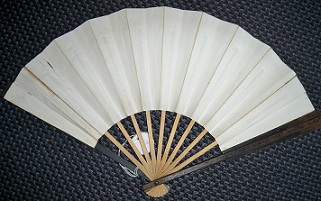 |
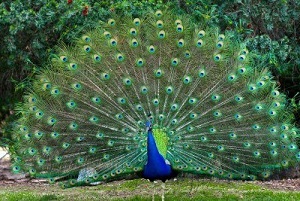 |
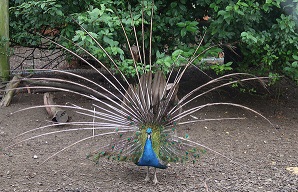 |
One might metaphorically suggest that the display of the feather stems is an after-image biological/behavioral effect that lingers like a phantom limb. However, the same might be said of tree branches devoid of their leaves. And interestingly, the same "fanned out" expression can be seen amongst most trees, in that there is no attempt by trees to produce a complete circle with roots above ground or foliage below ground, though both foliage and roots can take on a "circular-like" appearance as opposed to a linear or triangular configuration... though this might be the case (other than a linear tap root) in some circumstances if we were able to image the totality of a given root system. Nonetheless, the topic of trees when looking upon them in a comparative method, illustrates the three-patterned geometric formula of linear- circular- triangular, which is a series found in the three predominant types of cortex neurons.
If you view trees as if they were situated as a flat object on the canvas of a landscape painting or picture, the notion of a fan may or may not come to mind unless a tree was stripped of its leaves and the branches were viewed as out-stretched fingers... sort of an inverted image of multiple small hands as the rays of the Sun (god) holding the ankh in some ancient Egyptian illustrations and can be seen as a model for the "Y" strapping technique used to secure feet to sandals.
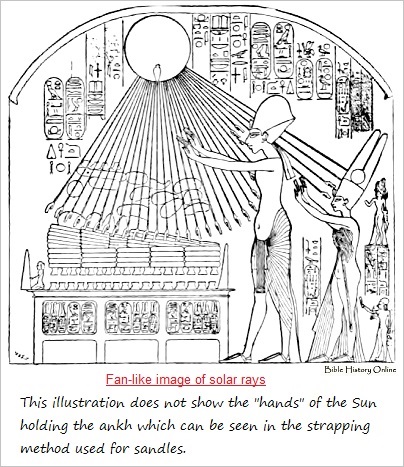 Solar rays look like a fan |
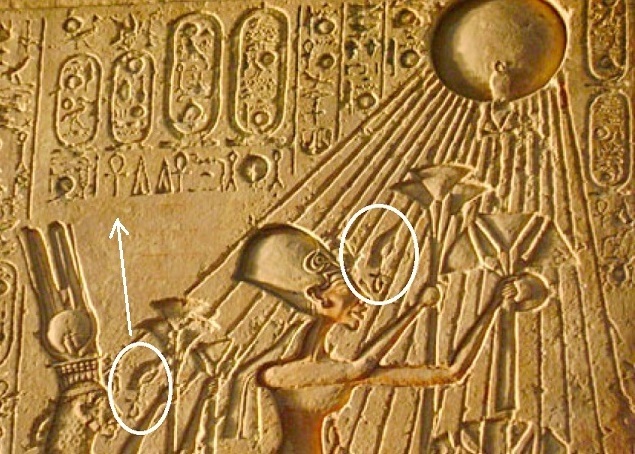 Solar hands holding the ankh symbol |
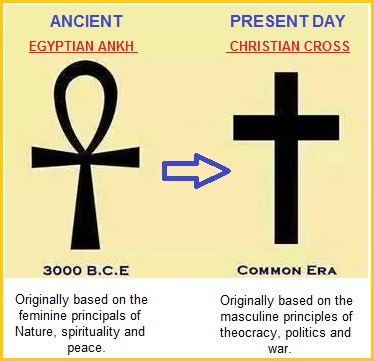 Qubtic Church London |
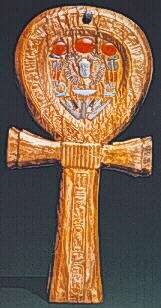
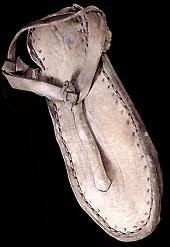 The strap looks like an Egyptian ankh symbol Did the Sun rays influence the design of the pyramid? |
|
Another example of the "fanning" display is seen in webbed feet, though the webbing may be obscured unless one looks closely by spreading toes apart. Interestingly, the "webbing" can alternatively be described as a joining or fusion and referred to as syndactylism: It (syndactylism) can affect any of the toes but the vast majority are the 2nd and 3rd toes. One or both feet may be involved although for 2-3 syndactyly, it is usually on both sides. Schizodactyly is a primate term for grasping and clinging with the second and third digit, instead of the thumb and second digit. Note: This Wikipedia reference page describes various forms of dactylism but does not comment on the information in a comparative philosophical approach detailing the presence of limitations. In other words, whereas we have a term describing "many" toes such as Polydactylyism, it is not set into the context of illustrating a conservation occurring with human thinking that represents the conservation of the "many" occurring events and effects in anatomy, biology, and physiology. In other words, there is not a recurring incidence of 47 fingers or toes, or a 199 codon code, or life forms with multiple heads, etc... There are limitations because the environment imposes limitations as part of an adaptive process in concert with the incremental deterioration of the Sun-Earth-Moon complex. By understanding the deterioration(s) we can come to better understand the levels and types of adaptation which can be described as coping rationalizations that are being used in an effort to maintain some semblance of equilibrium. Business, Political and Religious ideas are being used as "adjustable Rationalizations" to cope, to adapt with a deteriorating environment that is much more extensive than the pollutants created by humanity. |
Here are few images of webbed feet:
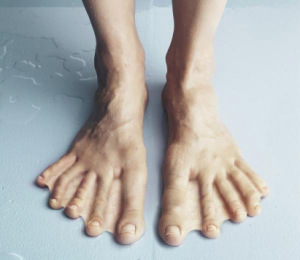 Engelsman in Afrika |
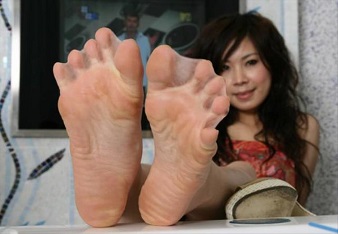 Miscellaneous picture gallery |
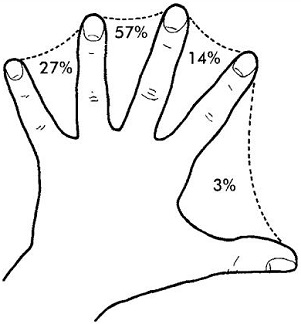 Figure 2 |
The distribution of webbing between the digits varies, and the incidence is shown in Figure 2. There is no known reason why over 50% of all webbing should occur between the long and ring fingers. It seems reasonable that its lowest occurrence should be between the thumb and index fingers because of their gross difference in lengths. This webbing between long and ring fingers is probably less common than a similar condition between the second and third toes. This unimportant anomaly is inherited as a dominant trait, but sporadic cases are more frequent. I was surprised to find that I have incomplete webbing between my second and third toes and have been delighted to find it to be extremely common in friends, acquaintances, and succeeding generations of residents. |
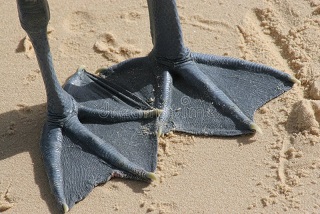 Webbed feet with similar toe lengths |
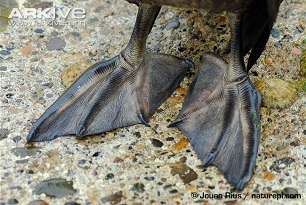
Wild Screen Archive: Webbed feet with irregular toe lengths |
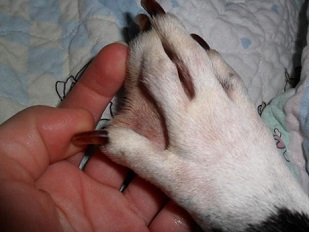 |
Water dogs usually have webbed feet. The webbing between their toes aids them in moving water faster, increasing the speed and strength of their stroke, and also allows them to close the toe area to decrease water resistance. The most well-known water-dog breeds are Newfoundlands, Labrador retrievers and Portuguese water dogs. Some dog breeds that also have webbing between their toes are Akitas, Brussels Griffons, Chesapeake Bay retrievers, golden retrievers, field Spaniels, German wire-haired pointers, German short-haired pointers, Irish water spaniels, wire-haired pointing Griffons, Nova Scotia duck-trolling retrievers, Weimaraner, red bone coon dogs, poodles and otter hounds. The webbed feet on water working dogs allows the animals to swim faster and more efficiently. Basic canine-paw anatomy is the same across breeds, but different dogs have different shapes. Most dogs have "cat" feet, where the third digital bone is short and results in a compact shape that conserves energy and preserves stamina. Others have "hare" feet, elongated paws with two long center toes and two short side toes. These paws are more delicate and narrower than either cat or webbed paws. Some dogs are born with dewclaws, or a fifth toe on the inner paw. However, breeders sometimes remove this claw to prevent it from catching on objects and causing injury. What kind of dogs have webbed feet?What breeds of dogs have webbed feet? |
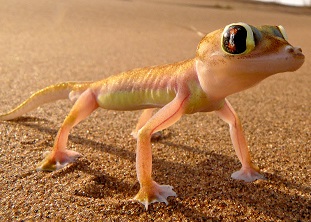 The Biggest Animals Kingdom (Gecko image) 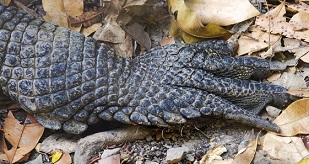 various images of webbed footed animals (crocodile image) |
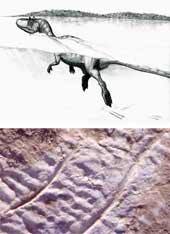 T. Rex, Other Big Dinosaurs Could Swim, New Evidence Suggests 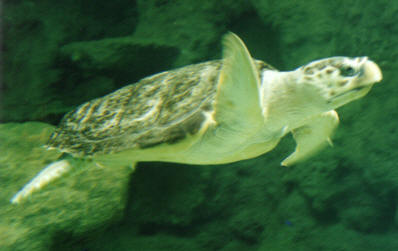 A webbed foot called a fin |
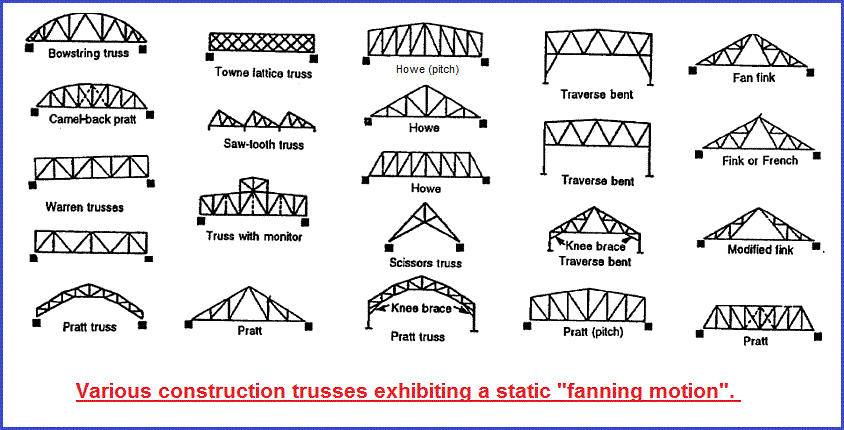 Professional Carpentry: (Trusses image) |
|
 |
 |
 |
 Linear trees at lower elevations |
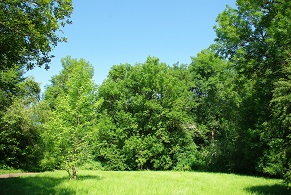 Rounded trees at middle elevations |

Triangular trees at higher elevations |
 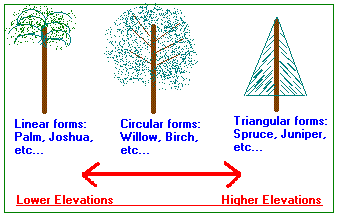 |
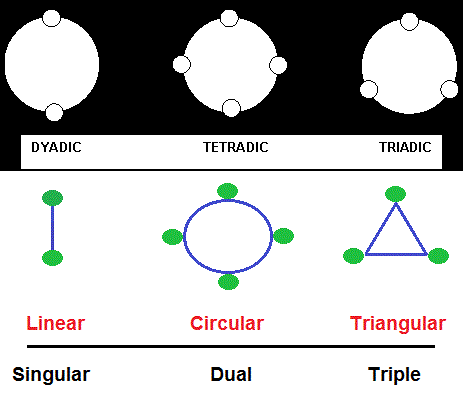 Basic Image: Structural Communication |
Linear actions in motion: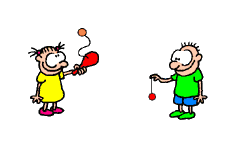 Millan.net |
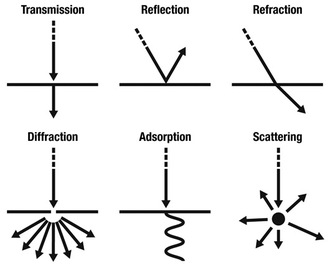
We can think about linear, circular and triangular forms in terms of light properties acting in predictable ways according to the shape of the image in which the imaging occurs. Linear, circular and triangular constraints or boundaries would present us with different points of reference with respect to our limited (3 to 1 ratio) sense directions of front/back, up/down, right/left, and intermediate points thereof. If light enters into a linear, circular or triangular cell and can not escape, or only partially escapes (with a bit of transmutation), does it "bounce" (reflect, refract, diffract) around on the inside in predictable linear, circular, or triangular directions?). Why does the environment very often impose conditions which result in 1, 2, 3 (or multiples thereof) configurations... and will these configurations continue as the Sun-Earth-Moon complex deteriorates? Will the "reflective surfaces" crack and/or break into unrecoverable shards? |
|
|
3 predominant types of cortex neurons, with respect to brain cells in particular:
- Granule (Linear)
- Stellate/Martinotti (Circular)
- Pyramidal (Triangular)
The above three form a three staged construction of:
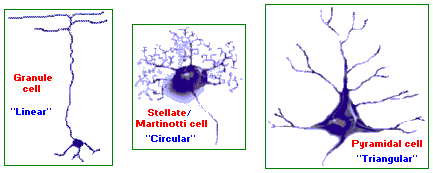 |
Another linear, circular, triangular configuration can be seen in the construction of Stromatolites, thus presenting us with evidence that the linear, circular, triangular pattern(s) is/are quite ancient, both geologically and biologically speaking.
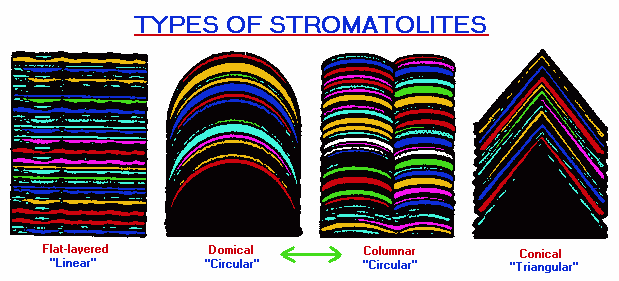
...Stromatolites are most often described as biogenetically-produced structures formed by colonies of photosynthesizing cyanobacteria. However, this is an enormous over-simplification given that the weight of scientific evidence suggests that all three domains of life (the Archaeans, Eubacteria, and Eukaryotes) appeared in the Archaean Era, and thus the so-called microbial mats would have contained representatives among all three domains. Just how and when the base of the tree of life split into the three main branches remains one of the most important questions in all of biology and science, and is the source of constant scientific dispute. Which of the Prokaryotes came first, the Archaeans or the Eubacteria remains unresolved, and a consensus has emerged that these primitive microorganisms laterally exchanged genes further confounding attempts to validate what begat what during to course of early evolution on earth.
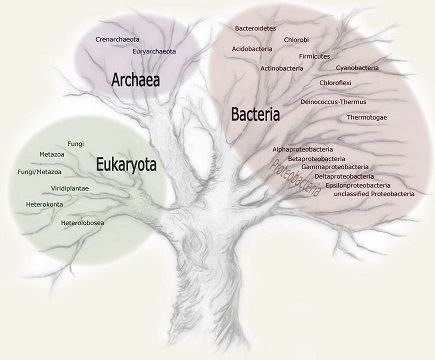
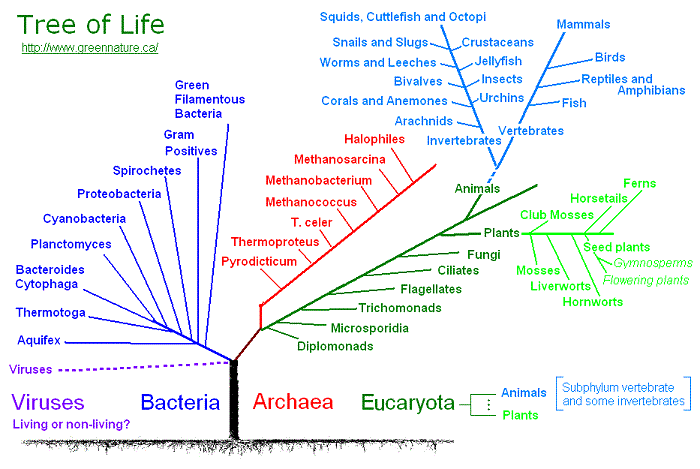
By including viruses, we have a 3 to 1 ratio, which can be added to our 1,2,3... fusion ensemble of patterns.
Some readers might argue against the usage of a "threes" tool being used for various types of anatomical, biological and physiological dissections and analysis because there are other quantities that could be used. And yet, they do not also include the fact that there is a conserved number of quantities that crop up again and again. This conservation of quantity is a pattern just as much as are the individual enumerations. In other words, there is a give frequency of appearance for some number patterns while others show up on occasion, rarely, or not at all. Indeed, the usage of quantity as a tool for identifying recurrences (or lack there of) is not meant to suggest the quantity is most important, but that it may be a tell-tale indication of some other non-enumerated pattern such as the line, circle and triangle as three basic geometric configurations, even though some might want to include a square or some other form they think represents a basic form or formula.
At this point, let me provide a compilation of different linear, circular, triangular configurations before providing some additional references:
Here are a few examples of Linear, Circular, Triangular expressions:
| "3" Basics Formula | Linear | Circular | Triangular |
| 3 galaxy/universe items | Our galaxy through space | Motion of galaxy | Expansion/Contraction {<>,X} |
| 3 basic Earth motions | Earth+Moon+Sun | Rotation of Earth | Precession of Earth's axis |
| 3 forms of matter | Liquid | Solid | Gas |
| 3 fundamental forces | (N)electro-magnetism(S) | Gravity | Nuclear (+)(-)(+/-) |
| 3 conceptual models: A dual form of singularity A circular form of duality A plurality of threeness |
Primitive (Singularity) |
Native American (Duality) |
Indo-European (Triangularity) |
| 3 (hair) cross-sections | African: ribbon-like | Asian: circular | Caucasian: ellipsoid |
| 3 Earth shapes | Earth is flat | Earth is round | Earth is a triaxial ellipsoid |
| 3 Universe theories | Universe is flat | Spherical | Saddle (triangular)-shaped |
| 3 physics ideas | String theory | Particle theory | Multi-dimensional theory |
| 3 stone tool shapes | Mono-facial | Bi-facial | Tri-facial (arrow heads) |
| 3 counting objects | Lines (on bones, rocks, etc.) | Pebbles, stones, (clay,etc.) | Cones (wedges) |
| 3 engineering tools | Lever | Pulley/Wheel | Fulcrum |
| 3 engine shapes | In-line, Slanted, etc... | Radial, Rotary | V-shaped |
| 3 shapes game | Paper (flat-linear) | Rock (round-circular) | Scissors (X-shaped/triangular) |
| 3 human face items | Eyebrows | Eyes | Nose |
When we look at the faces carved on pumpkins during the Halloween season, we see a repeated and interchangeable usage of linear, circular and triangular eyes, mouth, and nose. Not to mention that most pumpkins have a circular shape, most knives have a linear shape, and that some readers may use an argument suggesting a "triangular" opposition to explain this example way. (Thinking in terms of a triangular relationship that always results in conflict.) |
|||
| 3 playground items | Monkey bars/See-saw | Merry-go-round | Slide/Swing-set support |
| 3 in-vehicle views | Road, Stick shift, etc... | Steering wheel | Perceptual view of distance |
| 3 early industry tools | Staff, Poker | Pottery wheel, Kiln | Fire (flame), Bellows |
| 3 pre-industry tools | Stick | Rock | Fire (flame) |
| 3 cyanobacteria shapes | Filamentous (string-like) | Coccoidal (ball-like) | Ellipsoidal (egg-shaped) |
| 3 stromatolite shapes | Flat-layered | Domical/Columnar | Conical |
| 3 building structures | Skyscrapers | Coliseums Stadiums,etc. |
Pyramids |
| 3 foot descriptions | Heal to Toe line | Balls of feet | Arch of foot |
| 3-in-1 necktie forms | Fronts-piece covers buttons | Encircles the neck | Triangle slip knot |
| 3-in-1 washing machine cycle status symbols Speed Queen Commercial washer Model # SWT91QN |
In Use (vertical line) |
Spin (circular "curlicue") |
Rinse (triangular water shape) |
| 3 bird-flight formations | Diagonal, Horizontal, Vertical | "Bunched up" | V-shaped (also J/L/7 variations) |
Note: I used the symbols {><} and {X} to portray expansion and contraction. Did the Universe expand like a bursting ball in all directions or a selected direction? It is not certain if the "Big Bang" occurred at a single point and then expanded in all directions. Unless we care to consider that our Universe is the result of an implosion, which is 1 idea, then there are 3 other theories we can consider, which brings our overall formula to a 3:1 ratio. The other three being a Linear- Circular- Triangular expansion after the Big Bang. Also, if the expansion is slowing down, is there to be an eventual "Big Crunch?"
Source: Let's Talk Peace page 29Page initially created: Friday, 21-July-2017... 5:28:15 AM
Initial Posting: Sunday, 23-July-2017... 6:11 AM
Updated Posting: Sunday, 13th-May-2018... 6:42 AM
Most Recent update: Monday, 13th, March 2023... 10:37 AM
Herb O. Buckland
herbobuckland@hotmail.com